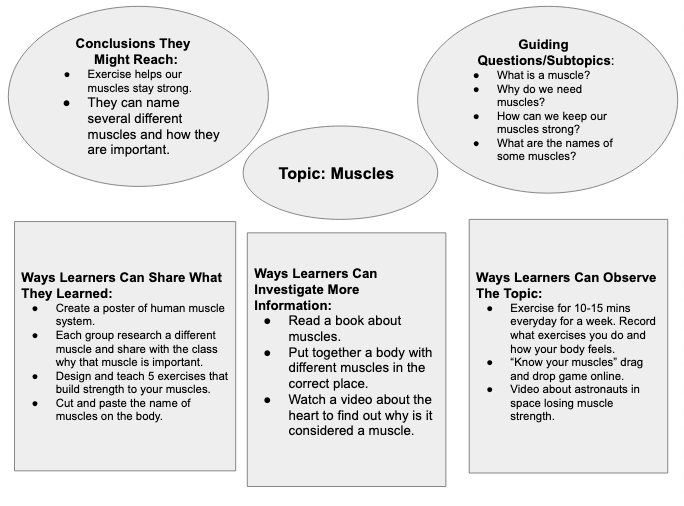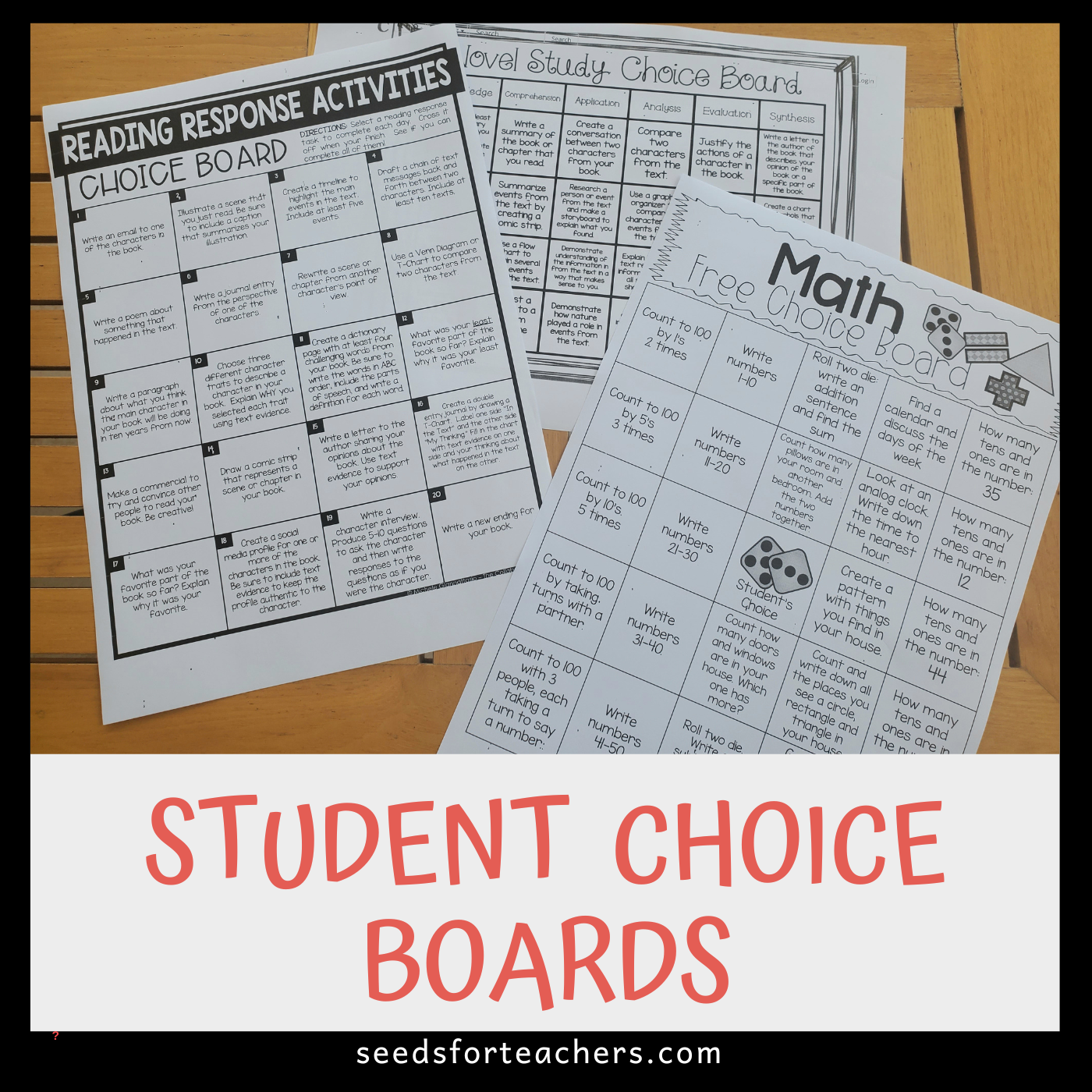In simple form, inquiry-based learning is more of a student-directed way of learning rather than teacher-directed. In some cases, teachers may set the general framework for learning, but for the most part, the learning is based on the students questions, ideas and passions. But how do you provoke those questions in the first place? Inquiry-based learning still requires preparation from the teacher. The better teachers are at guiding learners to ask the right questions, the deeper the learning will be. Check out these four simple steps that are key to planning any inquiry-based unit.
1. Observe
The best way to begin inquiry with your students is to let them observe something related to the topic. If you are going to be learning about materials and how they change, set some items out in the sun and let students observe what happens. Some of them might melt, some might change color, for some items nothing will happen. If you are going to be learning about how to write a speech, give students a few examples of famous speeches to read or listen to.
2. Question
As students are observing and experimenting, poss questions to get them thinking in different ways.
Here are some great question starters I found at Playfully Happy in Kindergarten:
What would happen if…?
What could we/you….?
What do you think….?
Why do you think….?
What do you predict will happen?
Why did ….?
What else could….?
3. Find Out/Research
After students have observed and come up with all sorts of questions they want to explore, let them have time to find out the answers ON THEIR OWN! Inquiry-based learning is student focused and the teacher should not be the one providing all the answers. You can support them by bringing in books from the library, more artifacts to observe, or directing them to child-friendly websites where they can find out more information on the topic.
4. Share
The final step is letting students share what they have found out. This allows students to learn from each other and ultimately come up with even more questions they wonder about. Provide them with CHOICE as to how they can share their knowledge. Some might want to do a presentation, some might want to create a poster, others might want to write a report. Another way is having students summarize all their knowledge by creating a board game.
I have created a simple template that can help you get started in planning for inquiry-based learning. Here’s a completed example I made for the topic of muscles.

Click here to get your free inquiry planning template

More posts to check out:



